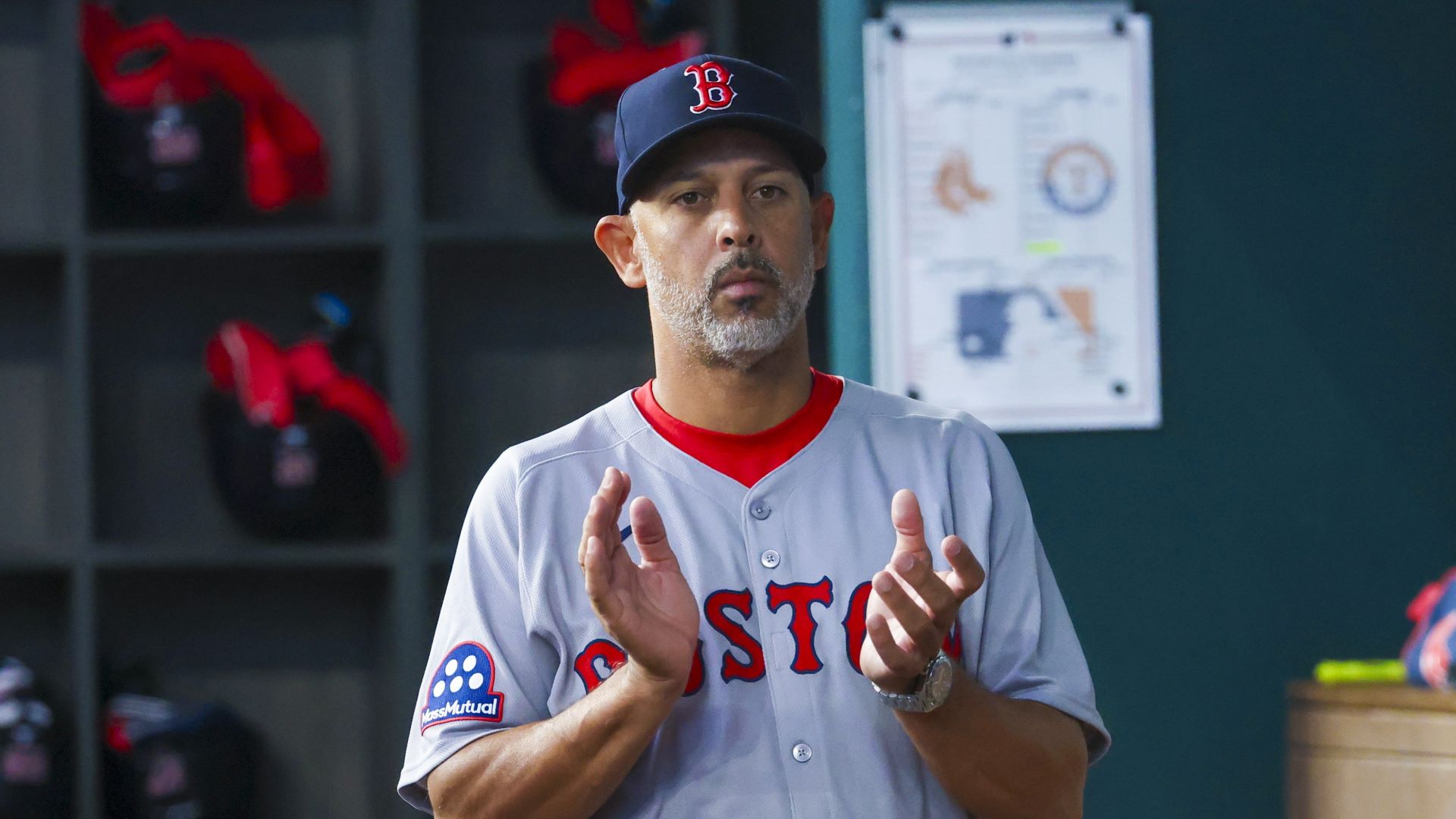

Inside the Kristian Campbell Contract Extension
The signing of Kristian Campbell to a contract extension has been a major move for the Red Sox organization. Campbell, a rising star in the baseball world, has shown immense potential on the field and has become a fan favorite among Red Sox fans.
With this new deal, the Red Sox are securing Campbell's future with the team and solidifying their roster for the upcoming seasons. The contract extension ensures that Campbell will continue to be a key player for the Red Sox and play a significant role in their quest for a championship.
Alex Cora, the Red Sox manager, played a crucial role in the negotiations that led to Campbell's contract extension. His leadership and guidance were instrumental in getting the deal done, and he had a clear message for Craig Breslow after the signing was finalized.
Reflecting on Campbell's ImpactWhile Kristian Campbell's contract extension was a big win for the Red Sox, it also highlighted the team's commitment to building a strong roster for the future. Campbell's contributions on and off the field have not gone unnoticed by his teammates and coaching staff.
One player, in particular, shared his thoughts on Campbell's impact during a recent interview. "Kristian brings a level of professionalism and leadership to the team that is truly invaluable," said the player. "His work ethic and positive attitude are contagious, and he sets a great example for all of us."
With Campbell's future secured in Boston, the Red Sox can now focus on their upcoming season with confidence. The team's chemistry and camaraderie will undoubtedly benefit from having Campbell in the mix for years to come.
Alex Cora's Encouraging WordsAfter finalizing the contract extension with Kristian Campbell, Alex Cora took the time to speak with Craig Breslow, offering words of encouragement and praise for the successful negotiation. According to Dr. Smith, Cora emphasized the importance of teamwork and the positive impact Campbell's continued presence would have on the team's performance.
Final ThoughtsIn conclusion, the contract extension for Kristian Campbell was a significant move for the Red Sox, solidifying their bullpen for the foreseeable future. Alex Cora's message to Craig Breslow underscores the importance of teamwork and communication in achieving success in the competitive world of baseball. With Campbell locked in, the Red Sox can now focus on their upcoming season with confidence and optimism.
The negotiations and conversations behind the scenes shed light on the intricate workings of MLB deals and the dedication required by all parties involved. As fans eagerly await the start of the season, this deal serves as a reminder of the strategic planning and collaboration that goes into building a winning team. Only time will tell how this extension will impact the Red Sox's performance on the field, but for now, the future looks promising.
Technology & Innovation
Nick is at the forefront of AI, cybersecurity, and emerging tech trends. With a keen understanding of how technology is reshaping industries, governments, and society, Nick breaks down complex tech topics into insightful, easy-to-understand reports.